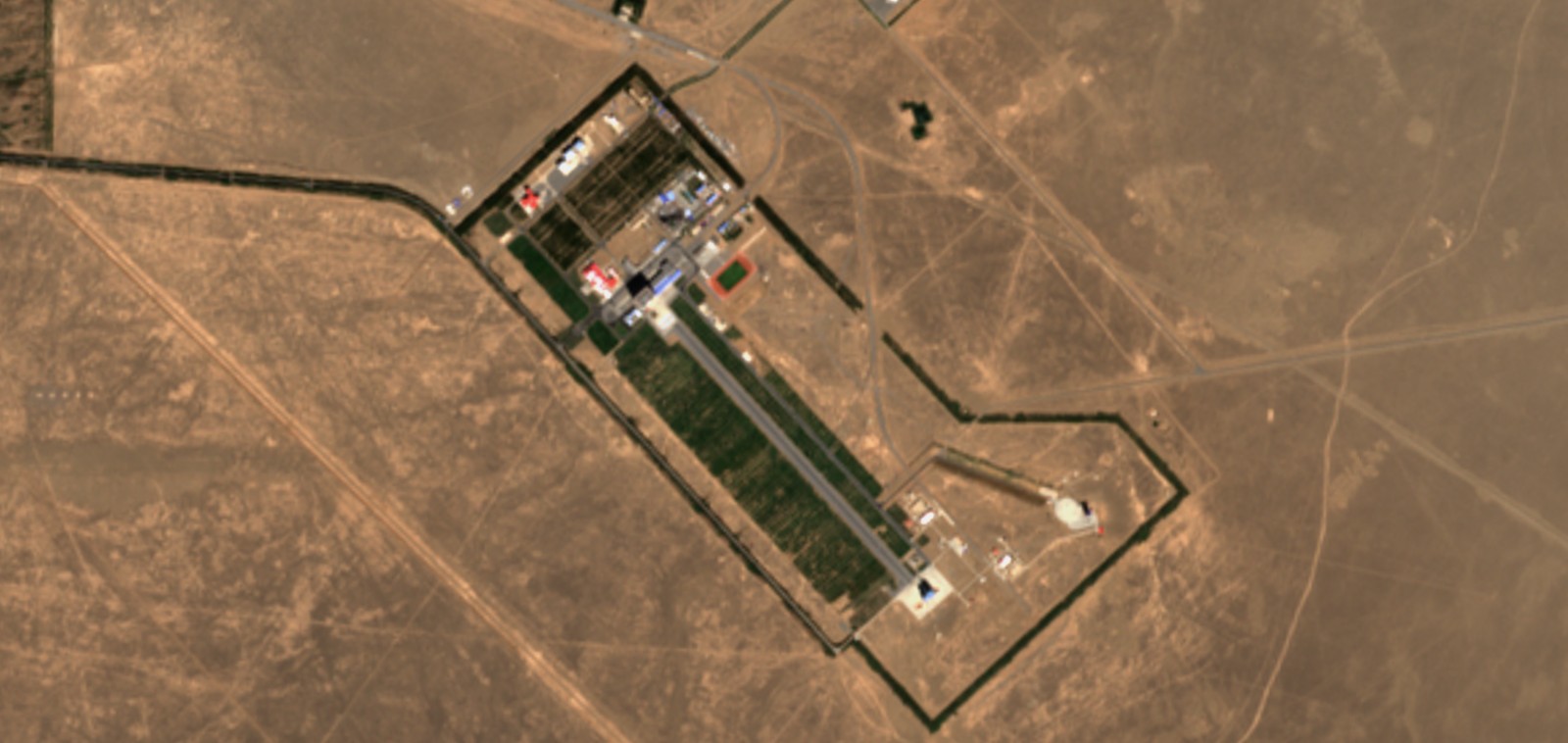HELSINKI — A Chinese reusable experimental spacecraft released an unknown object before deorbiting Sunday, ending a secretive two-day mission in low Earth orbit.
The spacecraft launched from the Jiuquan Satellite Launch Center in the Gobi Desert Thursday atop a Long March 2F rocket. Airspace closure notices issued a day earlier provided the only clue to the timing and nature of the mission.
Landing took place as scheduled Sunday according to a terse state media release. Neither images nor details of the ‘reusable experimental spacecraft’ were provided.
“The successful flight marked the country’s important breakthrough in reusable spacecraft research and is expected to offer convenient and low-cost round trip transport for the peaceful use of the space,” Xinhua stated.
Somewhat in contrast to the use of ‘peaceful use of space’ to describe the project, the nature of both the mission and spacecraft remain closely guarded.
An additional matter of intrigue is provided by the apparent release of an object into orbit by the spacecraft ahead of its deorbit burn. US space surveillance catalogued the new object, designated NORAD ID 46395 (2020-063G COSPAR ID), assigning it to the Long March 2F launch.
The experimental spacecraft orbited in a 331 by 347-kilometer orbit inclined by 50.2 degrees. The new object is in a similarly-inclined 332 by 348-kilometer orbit.
Analysts suggest the object was released two orbits before the experimental spacecraft deorbited. No details of the nature of the object have so far been released by China or US space tracking.
Chinese crew capsules have previously released ‘Banxing’ small companion satellites for monitoring. An experimental new-generation crew spacecraft released a test inflatable reentry and descent technology module in May. The experiment suffered an anomaly during reentry.
Chinese reusable experimental spacecraft
So far only distant amateur footage of the launch has emerged. Apparent footage shows a payload fairing atop of a Long March 2F rather than an exposed spacecraft.
Earlier statements from China’s main space contractor reveal possibly related projects. Comments in 2017 from Chen Hongbo, an official with China Academy of Launch Vehicle Technology (CALT), may in particular provide potential clues as to capabilities.
Chen stated that reusable spacecraft, expected to have a test flight around 2020, would be capable of carrying both crew and payloads. Chen stated that some vehicles would have the characteristics of both aircraft and spacecraft, suggesting a fixed wing space vehicle.
While launching vertically like a traditional rocket, Chen describes a concept in which a second rides on the back of the first stage. Both stages can later land horizontally. Renders of various concepts and project names have previously appeared online.
The short duration of the recent mission is consistent with earlier stated goals of testing ‘rapid re-launch and repeated use capabilities’. Several further flights were expected to follow an initial test.
The use of the Long March 2F, a crew-rated launch vehicle, suggesting a test of the upper stage only. The launcher can loft a payload of just over 8 metric tons to LEO.
It was the first Long March 2F launch since the crewed Shenzhou-11 mission in 2016. The next flight will launch Shenzhou-12 to the core module of the Chinese Space Station in 2021.
Chen says the new space vehicle is designed to be reused more than 20 times. This will initially reduce launch costs to one-fifth of current levels and potentially to one-tenth. The launch cycle of the vehicle will also be greatly shortened.
The Science and Technology Daily article from 2017 carrying Chen’s remarks notes that while the first stage of a Falcon 9 lands vertically and is recovered and reused, the same has not been achieved with the second stage.
Other reusable spacecraft or spaceplane projects are under consideration in China. The China Aerospace Science and Industry Corp. (CASIC), another giant state-owned enterprise, is working on its own spaceplane, named Tengyun.
“Unlike rocket recycling adopted by SpaceX, the spaceplane can take off from an ordinary airport to transport spacecraft into orbit. It will bring about a revolution for the future aerospace transportation,” CASIC’s Zhang Hongwen told CCTV in 2018.
Commercial launch company iSpace has also presented renders of a spaceplane concept. The winged vehicle would launch vertically atop of a Hyperbola liquid-propellant rocket.
